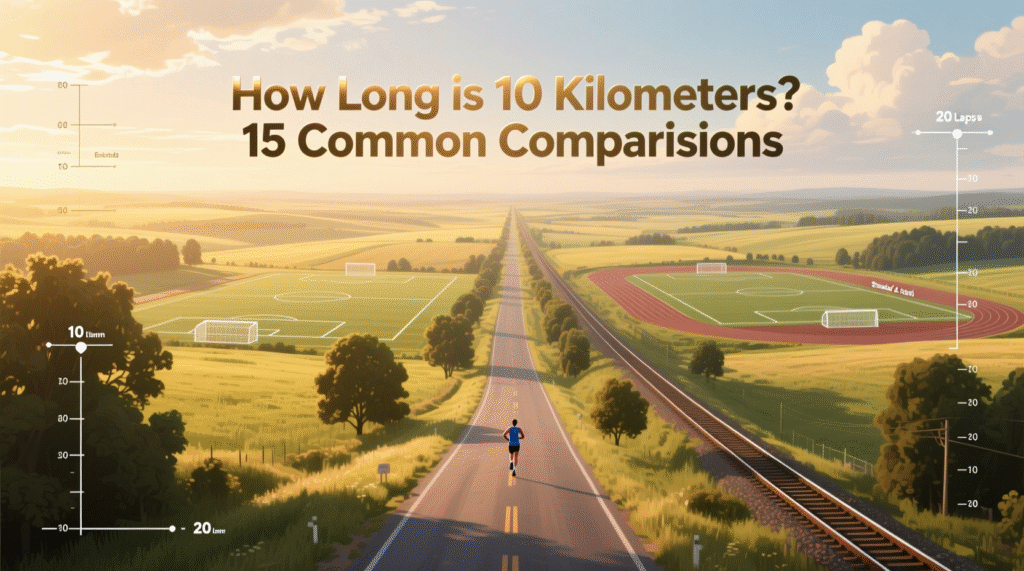Walking through a park, running a morning jog, or even driving across town, you might hear people mention “10 kilometers.” But how long is 10 kilometers, really? While the number looks simple on paper, it’s not always easy to picture in real life. That’s where comparisons help. By relating this distance to everyday things, you can grasp its scale more clearly and maybe even have fun doing it.
How Long is 10 Kilometers?
In simple terms, 10 kilometers equals 10,000 meters or roughly 6.2 miles. That’s a distance long enough to make a morning jog feel challenging but short enough to be covered in a short drive. Understanding 10 km is practical for fitness goals, travel, sports, and even planning day-to-day activities.
1. A 10K Running Race

One of the most common ways people encounter 10 kilometers is through the popular “10K race.” In the world of running, a 10K is a standard distance event, attracting both beginners and seasoned athletes. Covering 10 kilometers on foot is no small feat it usually takes 45 minutes to 1 hour for casual runners, while elite athletes can finish in under 30 minutes.
This distance matters because it’s seen as the perfect balance between endurance and speed training. Many people use a 10K as a stepping stone before attempting a half marathon. An interesting fact: the 10,000-meter race has been part of the Olympics since 1912 for men and since 1988 for women, making it a historic athletic benchmark.
2. A Driving Across a Small City

For most urban areas, 10 kilometers can represent the distance from one side of the city to the other. If you’re in a mid-sized town, driving 10 kilometers might take just 15 to 20 minutes depending on traffic. To put it another way, it’s like a quick commute from a suburban neighborhood into the city center.
This is useful to visualize because people often underestimate how quickly a distance like 10 kilometers can be covered by car compared to walking. Fun fact: at highway speed (100 km/h), you’d cover 10 kilometers in just six minutes!
3. About 100 Football Fields

A football (soccer) field is usually about 100 meters long. To reach 10 kilometers, you’d need to line up 100 of these fields back-to-back. Imagine standing on one goal line and looking ahead, only to see another 99 fields stretching endlessly that’s the scale of 10 kilometers.
This comparison matters because fields are something many people can visualize easily, whether they play the game or not. It also gives a good sense of scale for stadiums and sporting events. Did you know the Maracanã Stadium in Brazil, one of the largest in the world, could fit more than 10 fields side by side? Now imagine 100!
4. The Length of the Golden Gate Bridge Walked Twice
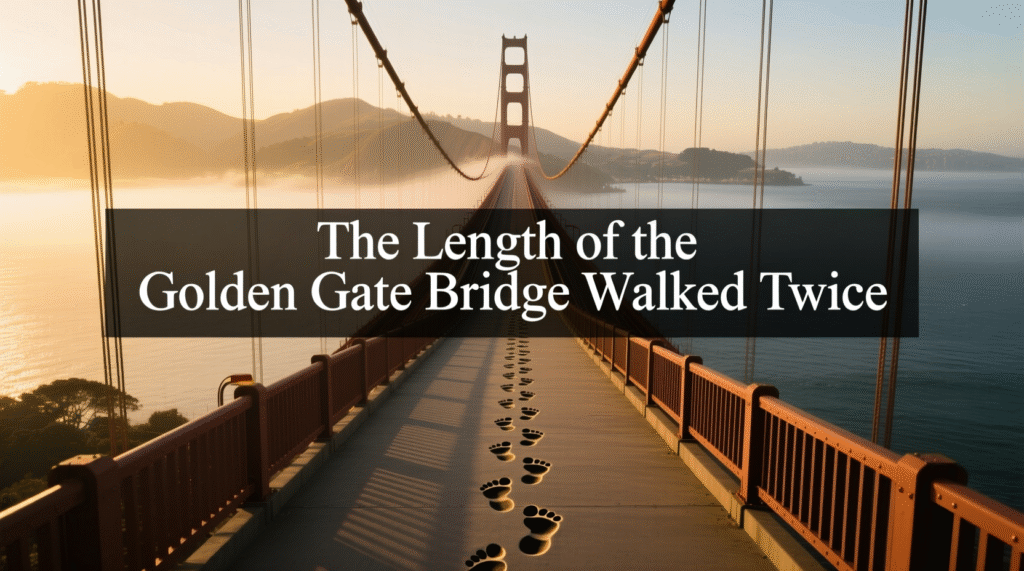
The Golden Gate Bridge in San Francisco is about 2.7 kilometers long from end to end. If you walked across it and back, you’d have covered 5.4 kilometers. Doing that twice would put you just over 10 kilometers.
This is a fun way to visualize the distance because the Golden Gate is a world-famous landmark, often associated with fitness walks, cycling, and tourism. Many visitors walk across once and are surprised by how tiring it feels. Doubling that gives you a good sense of the effort required to complete 10 kilometers on foot.
5. Two Hours of Steady Walking
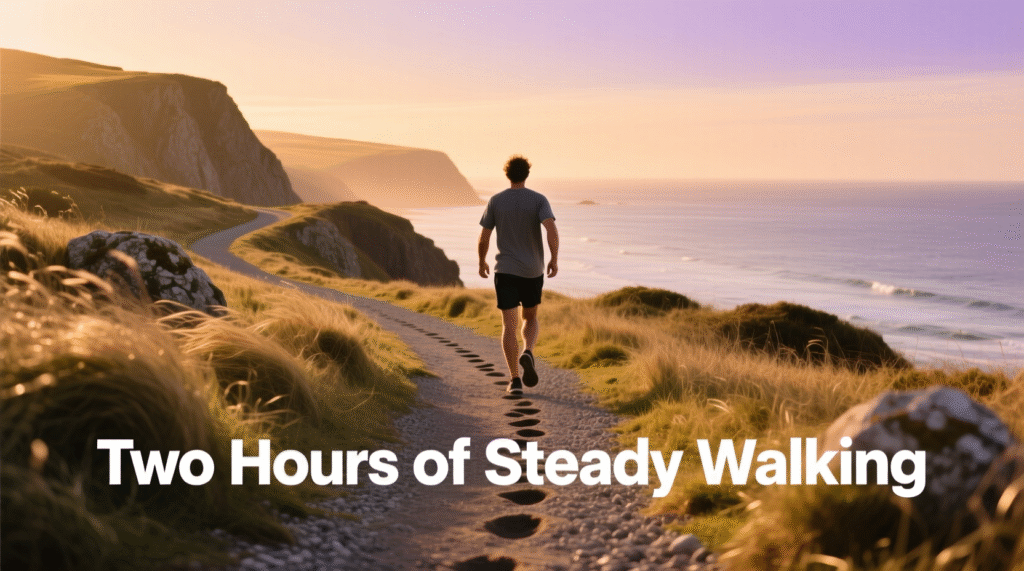
For the average person, walking speed ranges between 4 to 5 kilometers per hour. At that pace, walking 10 kilometers would take about two hours of steady movement. It’s equivalent to a long shopping trip in a big mall or an extended weekend stroll.
This perspective helps because most people have walked for long periods in their life. For example, a full afternoon at an amusement park could easily rack up 10 kilometers on a step counter. Interesting fact: the average American adult walks about 5,000–7,000 steps per day, but 10 kilometers is closer to 12,500 steps almost double!
6. The Distance of a Small Lake Circumference
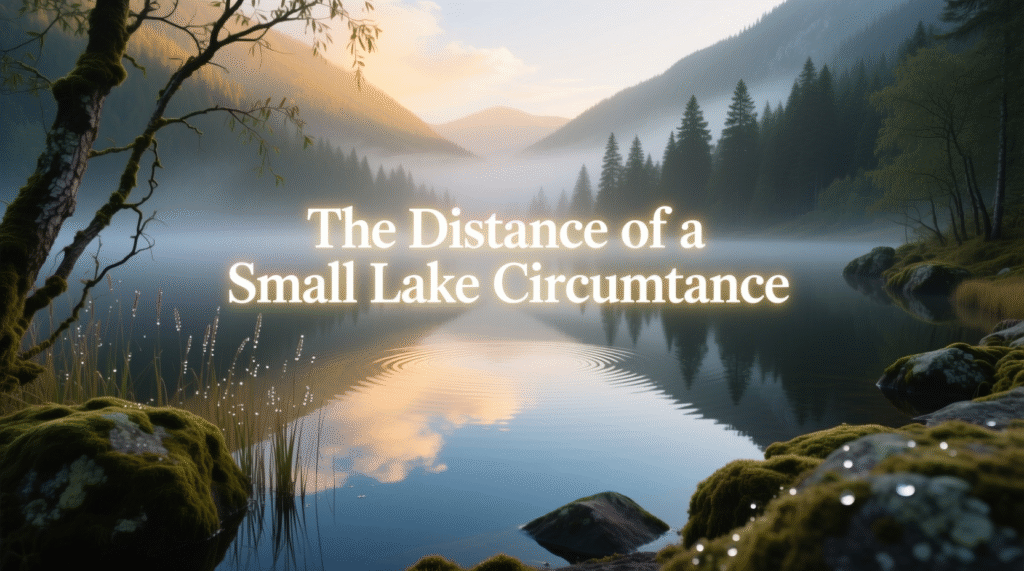
Some well-known lakes have walking or biking paths around them that are close to 10 kilometers in length. For instance, Lake Annecy in France has sections where the looped trails measure near this distance. Similarly, smaller reservoirs in city parks often feature walking tracks of about 10 kilometers.
This comparison is useful because people often measure walks or bike rides around lakes when exercising. It also makes 10 kilometers sound like a pleasant recreational outing rather than a daunting distance. A fun fact: the world’s largest lake, the Caspian Sea, would take months to walk around but a local 10 km loop around your nearest lake is doable in a morning.
7. From One Airport Runway to Another

Major international airports often feature runways measuring 3 to 4 kilometers in length. Lining up three of these runways end-to-end would roughly equal 10 kilometers.
This is significant because airports are designed on a massive scale, and comparing 10 kilometers to runways makes the number more impressive. For example, the longest public-use runway in the world, located in Tibet’s Qamdo Bamda Airport, measures about 5.5 kilometers meaning two of them side by side would exceed 10 km. That’s the kind of distance jets need to safely land and take off!
8. A Round Trip Across Central Park, New York

Central Park in New York City stretches about 4 kilometers from north to south. Walking from one end to the other and back again gets you close to 8 kilometers, and with a few extra detours, you’ll hit the 10-kilometer mark. This is a helpful comparison since millions of visitors stroll or jog here each year. Fun fact: the full loop around the park’s main drives is almost exactly 10 kilometers, making it a favorite training spot for runners preparing for races.
9. Cycling for 20–25 Minutes at a Leisurely Pace
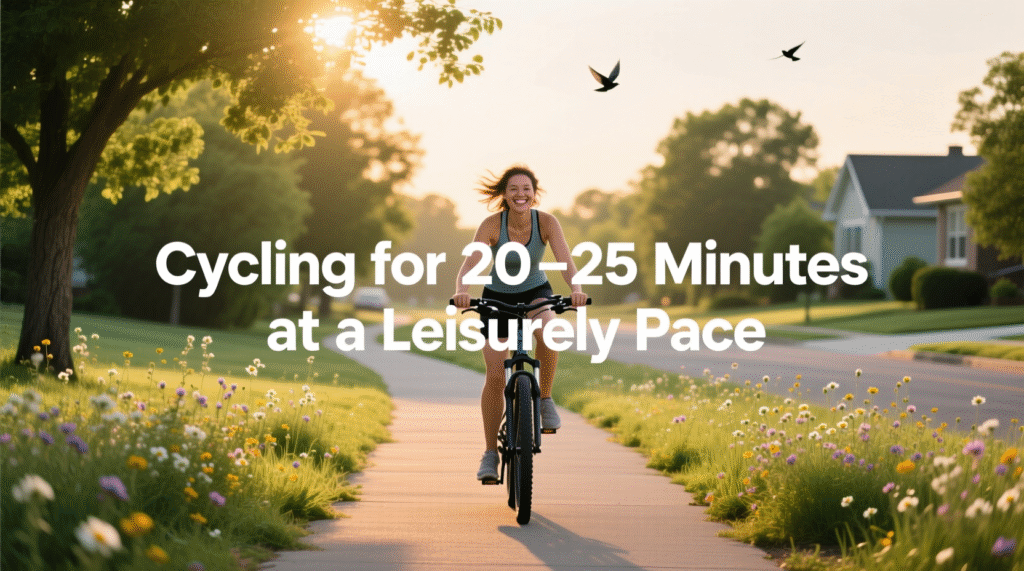
For cyclists, distance is easier to cover quickly. At an average pace of 25–30 km/h, you’d travel 10 kilometers in about 20–25 minutes. This is a short warm-up ride for casual cyclists and a sprint distance for competitive riders. It shows how distance perception changes depending on the mode of travel. Fun trivia: professional Tour de France riders can cover 10 kilometers in less than 15 minutes, even on hilly terrain.
10. The Width of Paris from East to West
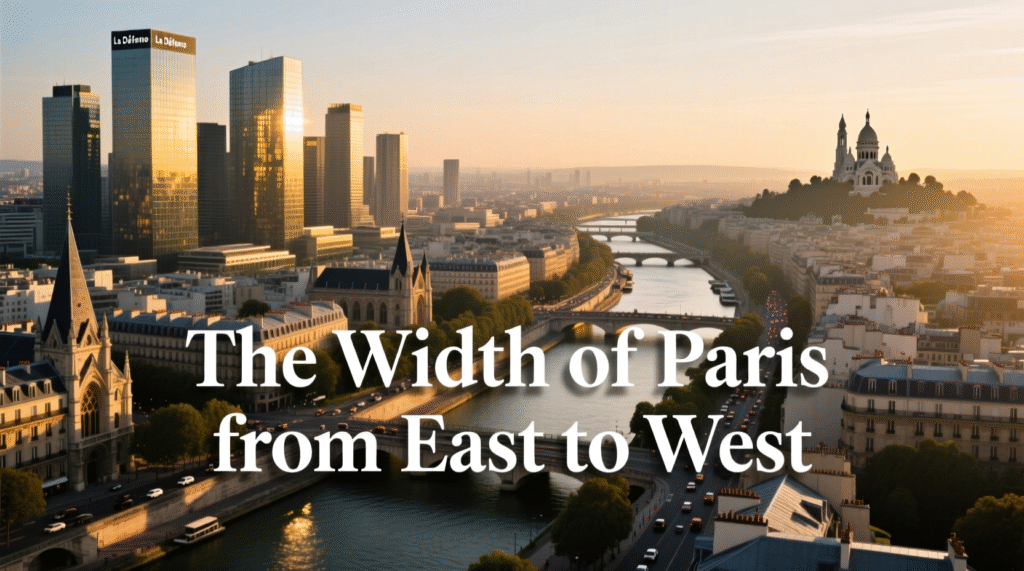
Paris is about 10 kilometers across in some areas, meaning you could walk from one side of the city to the other in a couple of hours. This helps illustrate how 10 kilometers can define the span of a major cultural hub. Interesting fact: the Paris Métro has over 200 kilometers of track, but many locals still prefer walking for shorter trips under 10 kilometers.
11. Four Times Around a Running Track

A standard athletics track in schools and stadiums measures 400 meters for one lap. Running 25 laps equals 10 kilometers. This comparison is common in training programs for runners since tracks provide an exact distance. It’s a practical way to measure progress without needing technology. Fun fact: in long-distance training, athletes sometimes run up to 100 laps on these tracks equivalent to 40 kilometers!
12. The Height of Mount Everest Divided by Nine
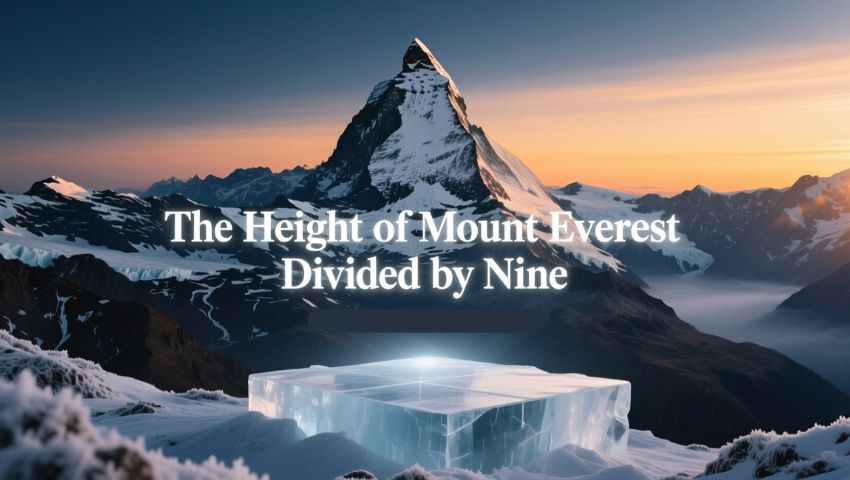
Mount Everest, the tallest mountain on Earth, rises about 8,849 meters above sea level. That’s just under 9 kilometers. So if you imagine climbing Everest, you’re essentially going close to the height of 10 kilometers vertically. This shows how massive the number truly is. A fascinating point: commercial airplanes cruise at altitudes of around 10 kilometers, meaning they fly higher than the world’s tallest peak.
13. A Typical Hiking Trail in National Parks
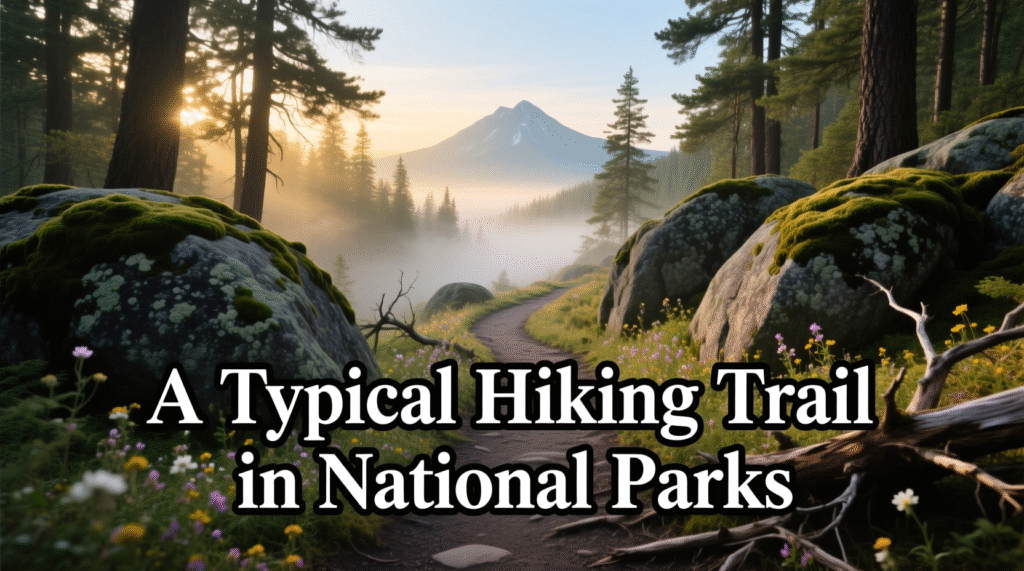
Many popular hiking trails in national parks around the world are marked at 10 kilometers for a moderate day hike. For example, certain loops in Yellowstone or Banff fall into this range. This is useful because hikers often measure their endurance in distances, and 10 kilometers is seen as achievable for most beginners. Interesting fact: the famous Cinque Terre trail in Italy has sections that add up to nearly 10 kilometers, giving hikers stunning seaside views.
14. Distance Covered in a 30-Minute Rowing Session
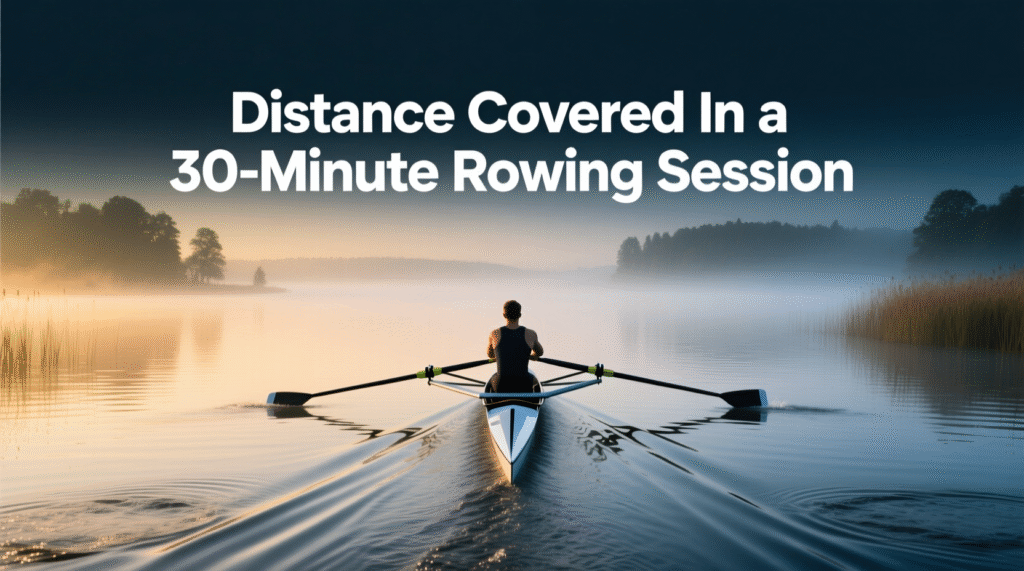
On water, rowing speed varies, but an experienced rower can cover about 10 kilometers in 30–40 minutes of steady paddling. For beginners, it might take longer. This is a neat way to connect the distance to a fitness activity beyond walking or running. Fun trivia: Olympic rowers in eights can cover 2 kilometers in under 6 minutes meaning five consecutive races would equal a 10-kilometer distance.
15. From the Pyramids of Giza to Downtown Cairo
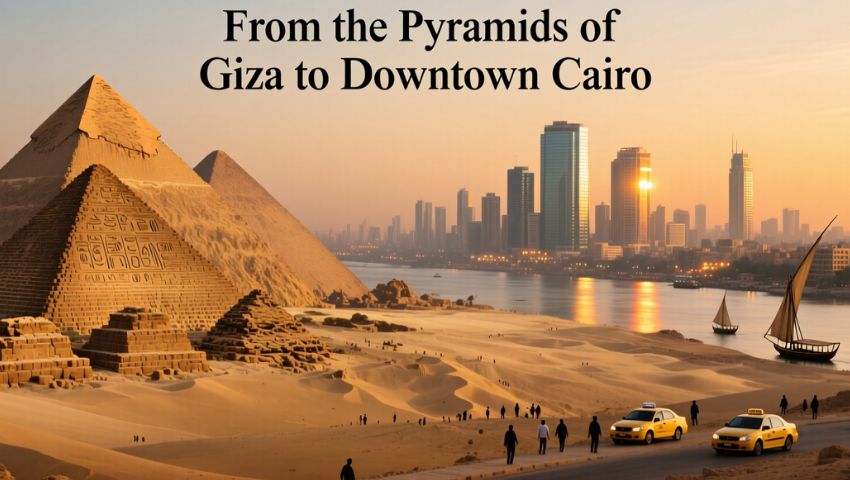
The distance between the Great Pyramids of Giza and downtown Cairo is roughly 10 kilometers. This helps link the measurement to a famous historical site and a bustling modern city. It’s a journey that blends the ancient with the contemporary, giving perspective on travel. Fun fact: some visitors opt to walk this stretch to fully take in the contrast between old and new Egypt.
Visualizing 10 Kilometers in Daily Life
So how can you estimate 10 kilometers without a ruler, map, or GPS? Here are some practical tips:
- Step Counting: Since the average person takes about 1,250 steps per kilometer, 10 kilometers is around 12,500 steps. A fitness tracker or pedometer can help you measure it easily.
- Driving Time: Remember that driving 10 kilometers at normal city speed (40–50 km/h) takes 12–15 minutes.
- Walking Time: A steady walk for two hours is roughly the same.
- Landmarks: Think of walking across a large bridge twice or circling around a small lake both bring you close to 10 kilometers.
These tricks let you gauge the distance in real-life contexts without needing to be precise down to the meter.
Why Knowing 10 Kilometers Matters
Understanding what 10 kilometers looks like has practical uses in everyday life. If you’re starting a fitness journey, it helps you set realistic goals for running or walking. If you’re traveling, it lets you estimate how long it will take to reach a place without constantly checking GPS. Even in hobbies like cycling, rowing, or hiking, this distance frequently comes up as a milestone.
Knowing how to “see” 10 kilometers also helps with planning. For example, if you know a round trip to your favorite café is 5 kilometers each way, then you’ve just done a 10 km walk without realizing it.
Conclusion
Ten kilometers is much more than a number it’s a distance that shows up everywhere in daily life, from sports races and scenic bridges to long walks and city commutes. By comparing it to familiar objects and places, the length becomes easier to grasp and more meaningful.
So next time you hear “10 kilometers,” don’t just think of numbers. Picture running a 10K race, walking for two hours straight, or lining up 100 football fields in a row. Better yet, test yourself: look around your surroundings and see how many 10-kilometer examples you can find. You might be surprised at how often this distance appears.

James Harrington is a writer known for his compelling storytelling and diverse themes. His work blends creativity with thought-provoking ideas, captivating readers across genres. Through his website, DimensionsGo.com, he shares his latest projects, insights, and literary reflections, building a global community of readers and writers.

